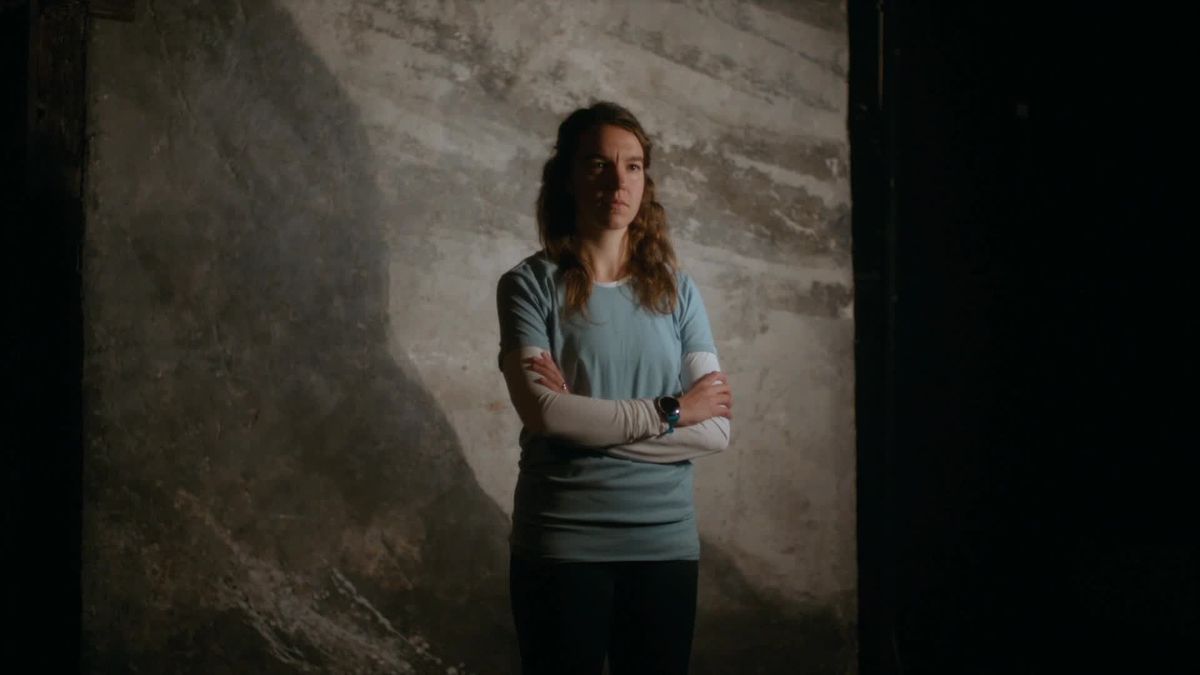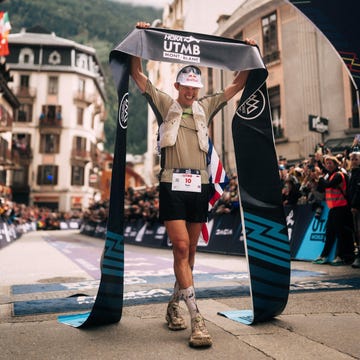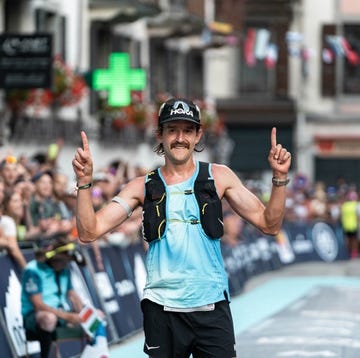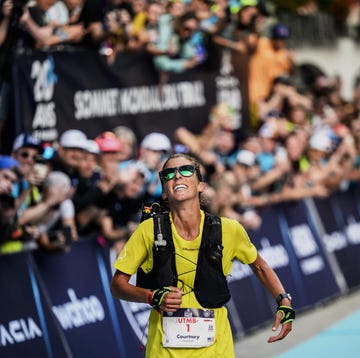I love a good race day photo. Ever since I crossed my first marathon finish line in 2016, when the photographers captured me in my full Keira-D’Amato-victory-arms glory, I’ve loved hamming it up on the course and, better yet, being surprised by the grittier moments (yes, even when it was a down step) that were captured when I was wasn’t even aware that a camera was on me.
Lately, though, I’ve been frustrated by the number of runners who are hyper-focused on shooting their own content during increasingly crowded races. If you’re actively filming yourself – arm outstretched and angled down, narrating your mile splits like a sweaty David Attenborough – I’m going to politely ask you to put your freaking phone down before you take out another runner.
Courses are hosting record-breaking numbers of runners – nearly 28,500 runners finished last weekend’s Brooklyn Half Marathon and the 2025 London Marathon had a world record-breaking 56,640 finishers. These events are designed to be collective experiences that celebrate community alongside individual grit. They’re not meant to be a backdrop for your personal vlog. When you’re filming yourself in the middle of a race, you’re shifting the focus from the shared to the solo.
What everyone's reading
At best, it’s selfish and disruptive – and it also raises issues of consent. While races are public events and people can’t have a strong expectation of privacy, that doesn’t mean that runners necessarily want to be part of someone else’s content – especially if that footage is being monetised.
At worst, it’s a safety issue. Ever tried dodging a TikToker who decided to record a ‘just hit mile 10!’ update? There’s already a lot to navigate – hydration station detritus, pace group packs, banana peels and so on – and swerving around someone’s selfie arm, which I found myself doing multiple times during this year’s Boston 5K, is frustrating and potentially injury-inducing. Stopping short or abruptly pivoting at race pace never did an ankle any favours.
I get the urge to document an exciting and challenging achievement. Running is more visible than ever. Social platforms have given amateur athletes a way to amplify their individual experience – and that’s not inherently bad. Influencer storytelling is partly why these races have grown to such sizes.
If you’re going to whip your phone out, though, you’d better be aware of your surroundings and intentional about how you’re filming, That way, you’re not prioritising your content over other runners’ comfort or space.
But when you’re performing for the camera, are you really even present? The point of running a race isn’t to capture how good you look while doing it. It’s to do it. I’m not going to judge anyone for taking a quick snap when they’re waiting at the start line, or for recording a quick recap when they’re wrapping themselves up in a foil blanket past the finish line. Instead of disrupting other runners in the moment so you can relive your experience after the fact, consider keeping your phone in your pocket and soaking up the magic of race day in real time.
The best moments – those pain cave breakthroughs, that stranger who high-fived you at mile 18, the way that your legs nearly forgot how to work as you approached the finish line – rarely translate on camera. They’re visceral. They’re meant to be felt, not filtered.













